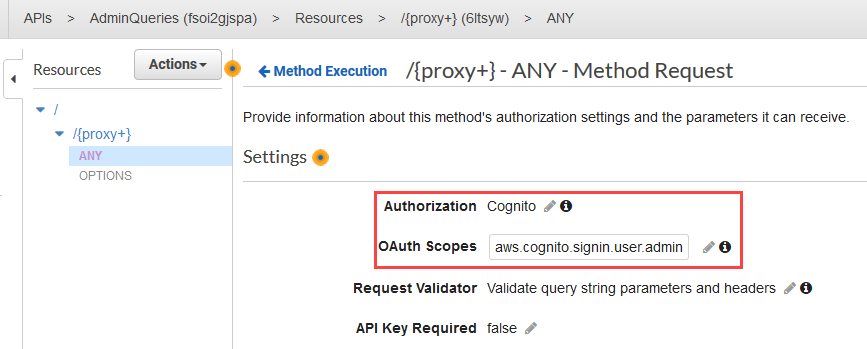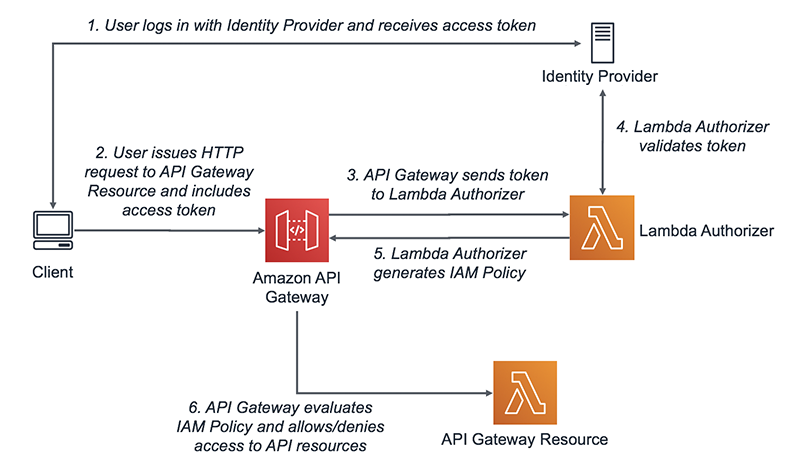AWS Compute Blog
Category: AWS Amplify
ICYMI: Serverless Q2 2021
A review of everything that happened in AWS Serverless in Q2 2021.
ICYMI: Serverless Q1 2021
All the feature launches, blogs, videos, tech talks and more happenings from the AWS Serverless service teams in Q1 2021.
ICYMI: Serverless pre:Invent 2020
During the last few weeks, the AWS serverless team has been releasing a wave of new features in the build-up to AWS re:Invent 2020. This post recaps some of the most important releases for serverless developers. re:Invent is virtual and free to all attendees in 2020 – register here. See the complete list of serverless […]
Building Serverless Land: Part 2 – An auto-building static site
In this two-part blog series, I show how serverlessland.com is built. This is a static website that brings together all the latest blogs, videos, and training for AWS serverless. It automatically aggregates content from a number of sources. The content exists in a static JSON file, which generates a new static site each time it […]
Building Serverless Land: Part 1 – Automating content aggregation
In this two part blog series, I show how serverlessland.com is built. This is a static website that brings together all the latest blogs, videos, and training for AWS Serverless. It automatically aggregates content from a number of sources. The content exists in static JSON files, which generate a new site build each time they […]
Building a serverless document scanner using Amazon Textract and AWS Amplify
This guide demonstrates creating and deploying a production ready document scanning application. It allows users to manage projects, upload images, and generate a PDF from detected text. The sample can be used as a template for building expense tracking applications, handling forms and legal documents, or for digitizing books and notes. The frontend application is […]
Building a Pulse Oximetry tracker using AWS Amplify and AWS serverless
This guide demonstrates an example solution for collecting, tracking, and sharing pulse oximetry data for multiple users. It’s built using AWS serverless technologies, enabling reliable scalability and security. The frontend application is written in VueJS and uses the Amplify Framework. It takes oxygen saturation measurements as manual input or a BerryMed pulse oximeter connected to […]
Building well-architected serverless applications: Controlling serverless API access – part 3
This series of blog posts uses the AWS Well-Architected Tool with the Serverless Lens to help customers build and operate applications using best practices. In each post, I address the nine serverless-specific questions identified by the Serverless Lens along with the recommended best practices. See the Introduction post for a table of contents and explanation of the example application. Security question […]
Building well-architected serverless applications: Controlling serverless API access – part 2
This series of blog posts uses the AWS Well-Architected Tool with the Serverless Lens to help customers build and operate applications using best practices. In each post, I address the nine serverless-specific questions identified by the Serverless Lens along with the recommended best practices. See the Introduction post for a table of contents and explanation of the example application. Security question […]
Building well-architected serverless applications: Controlling serverless API access – part 1
This series of blog posts uses the AWS Well-Architected Tool with the Serverless Lens to help customers build and operate applications using best practices. In each post, I address the nine serverless-specific questions identified by the Serverless Lens along with the recommended best practices. See the Introduction post for a table of contents and explanation of the example application. Security question […]









